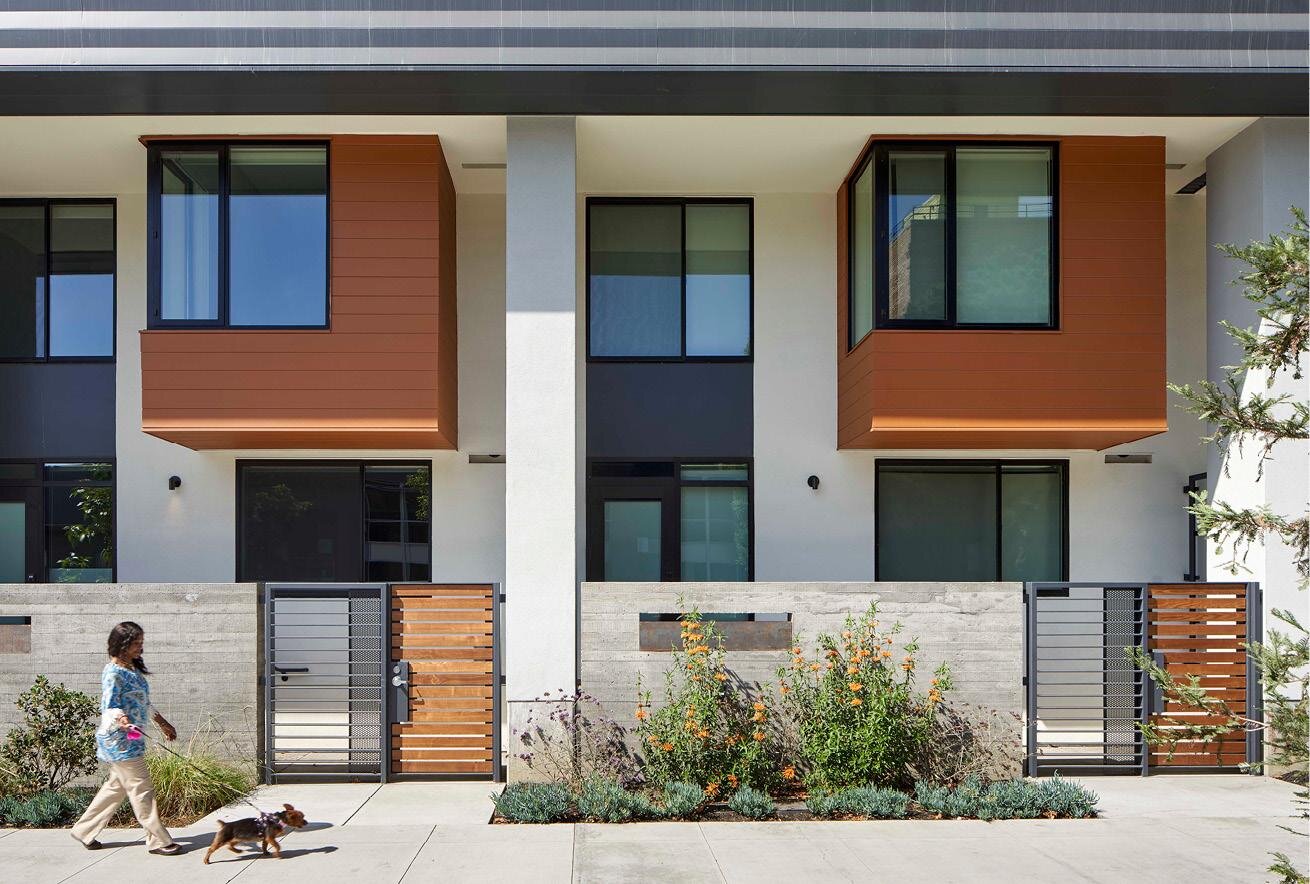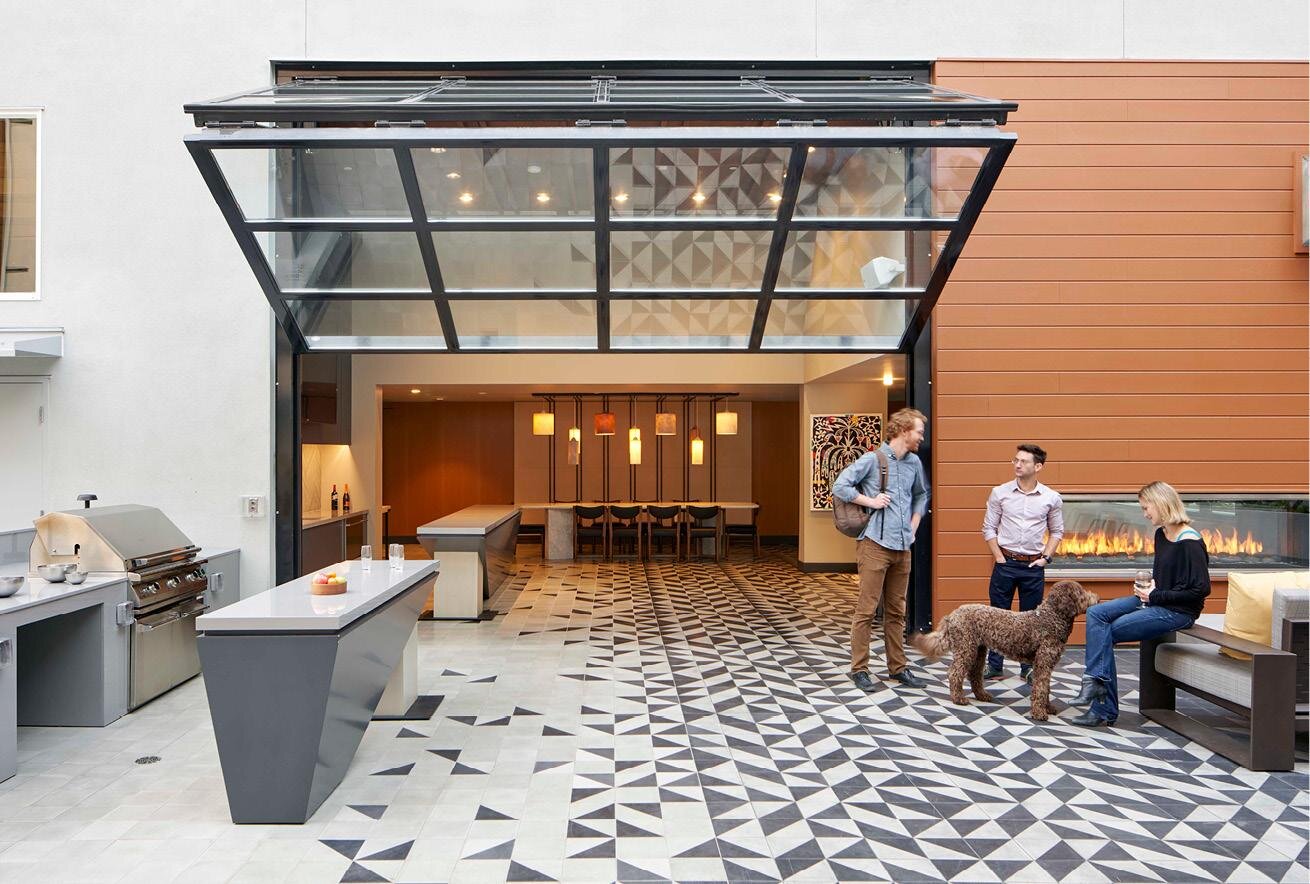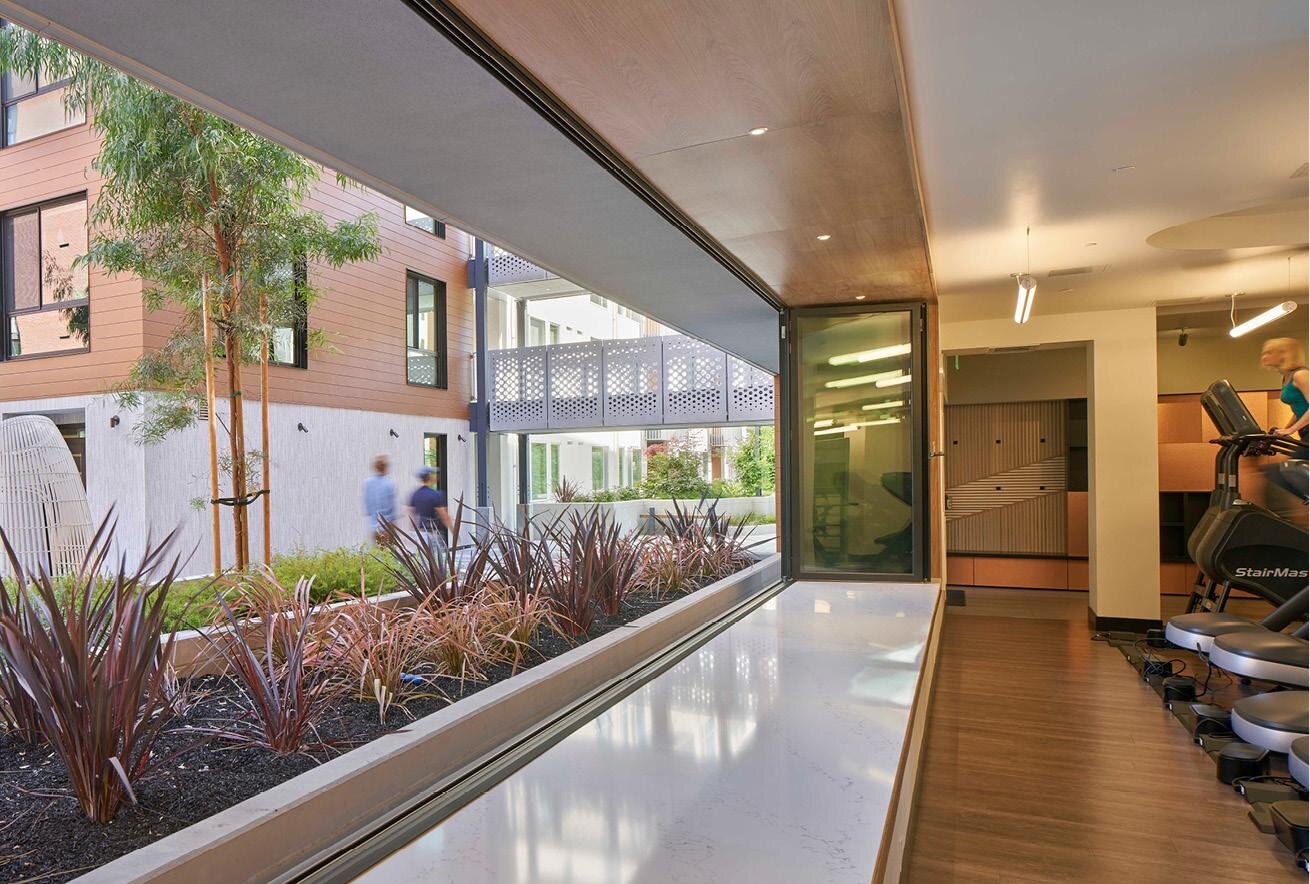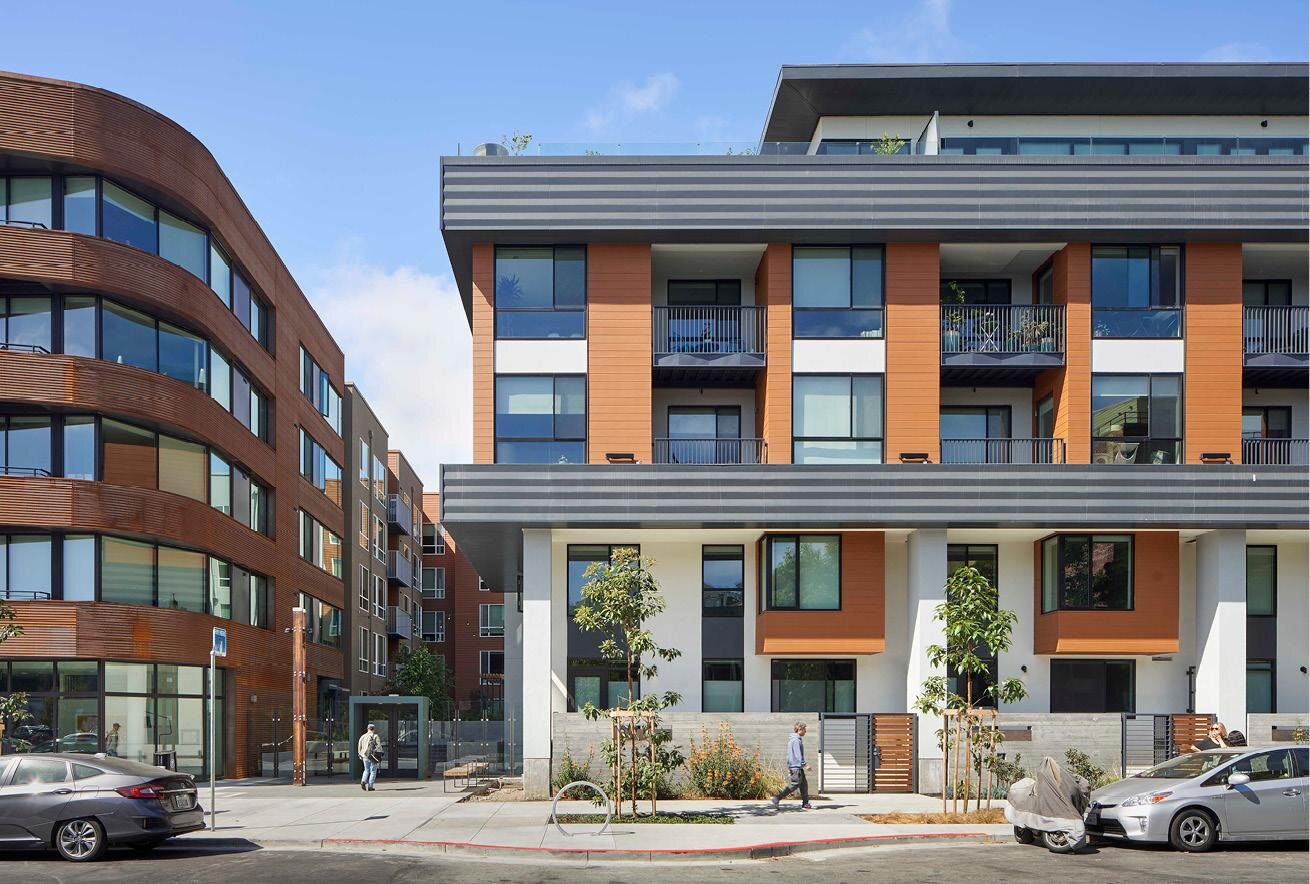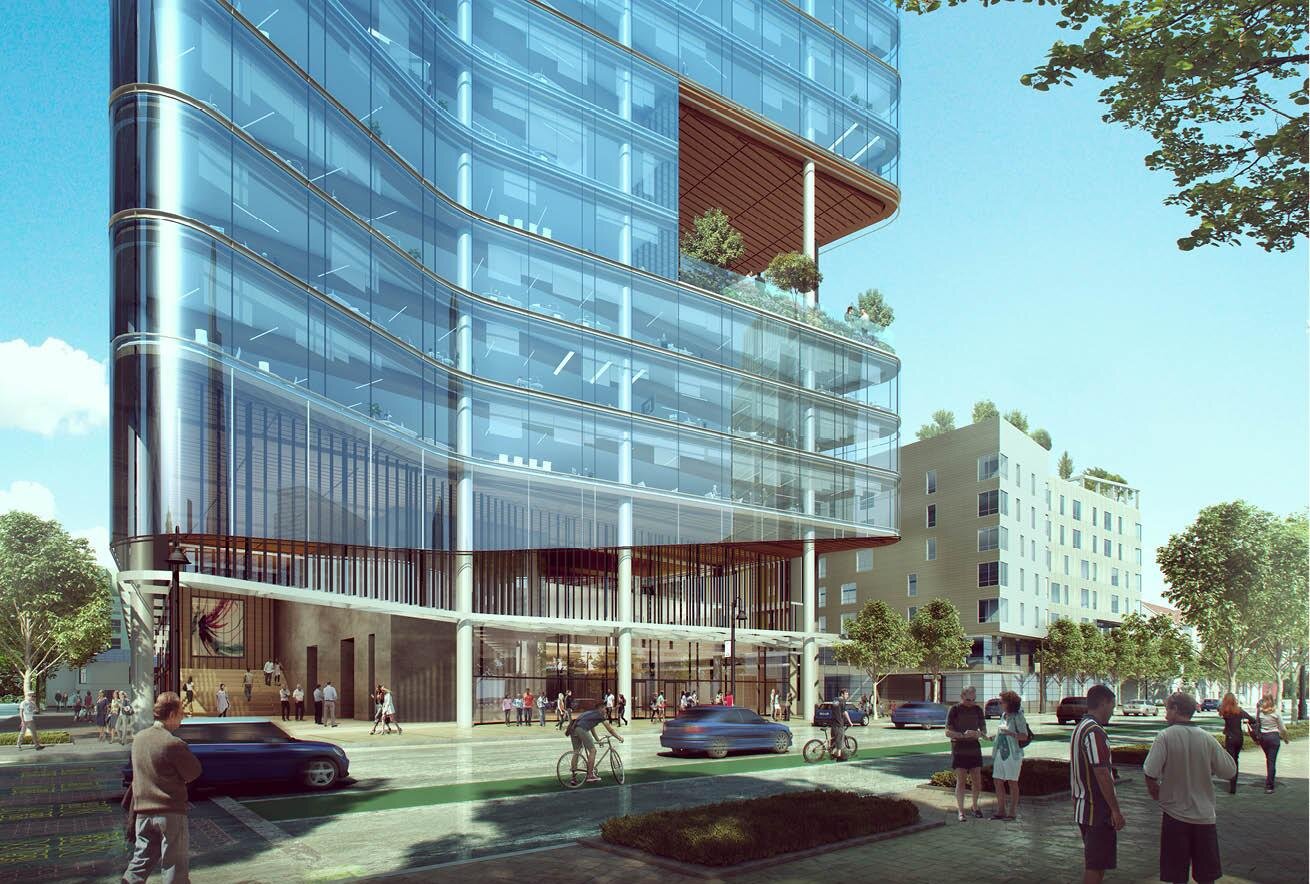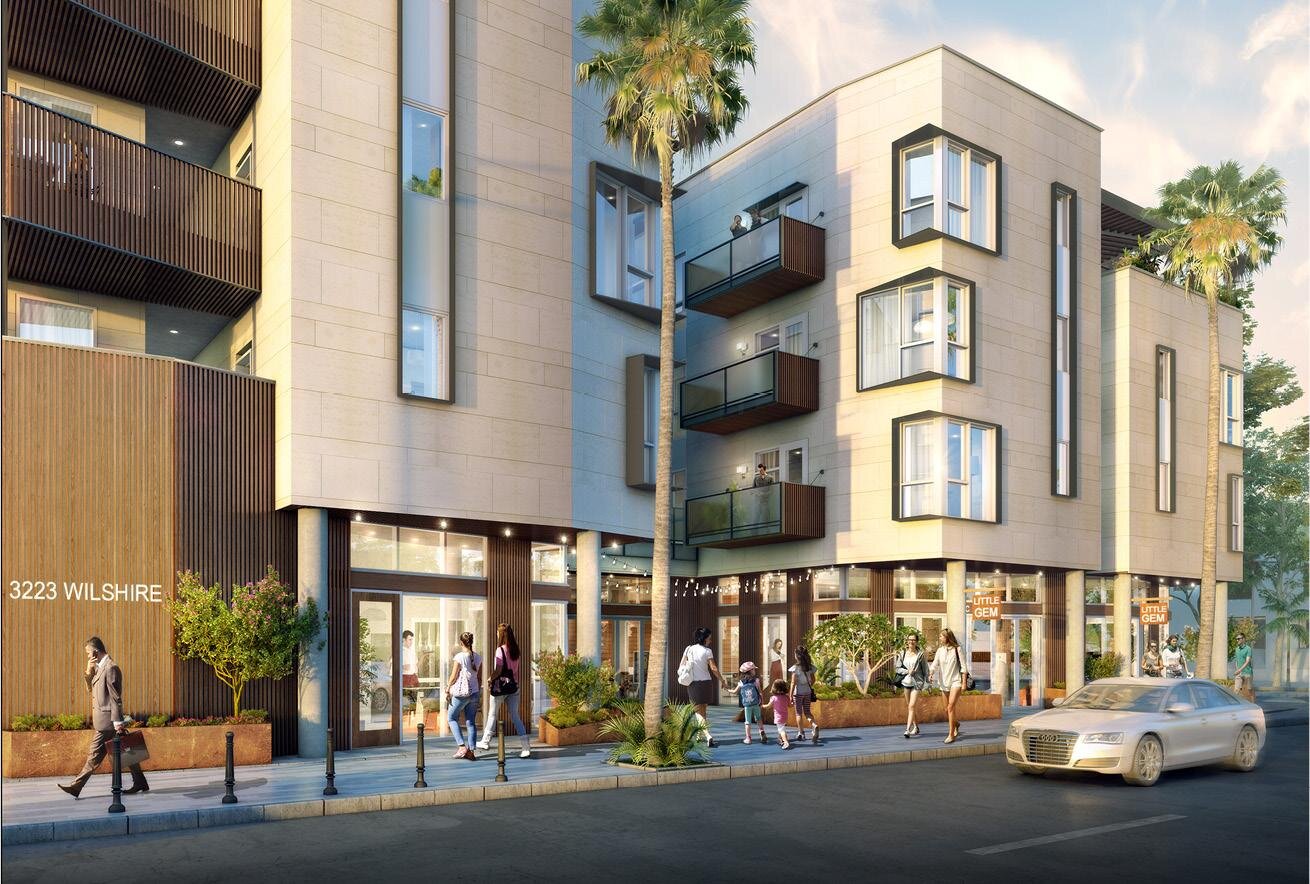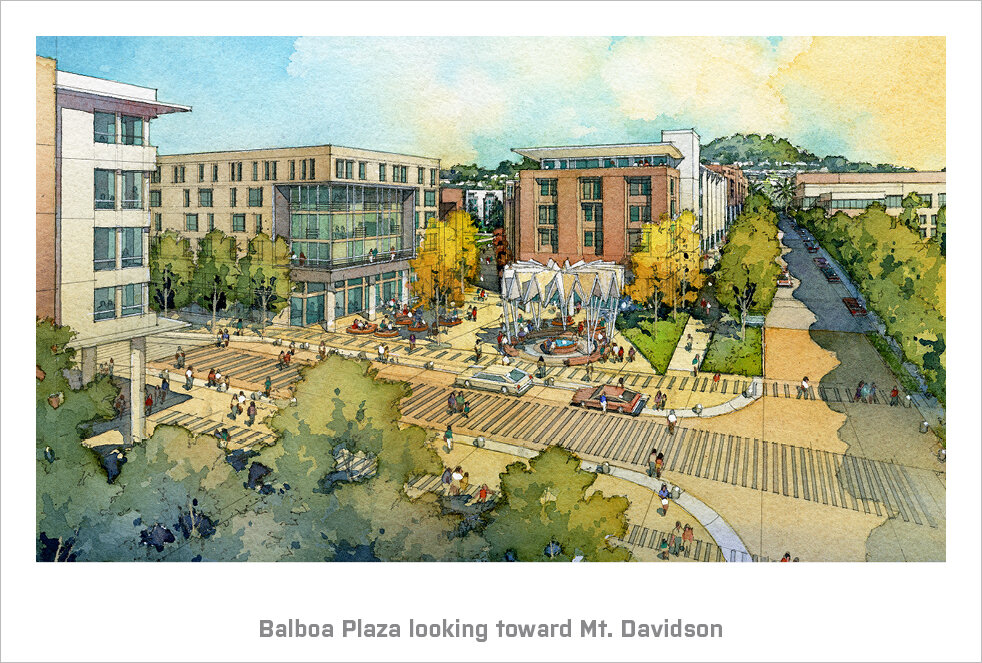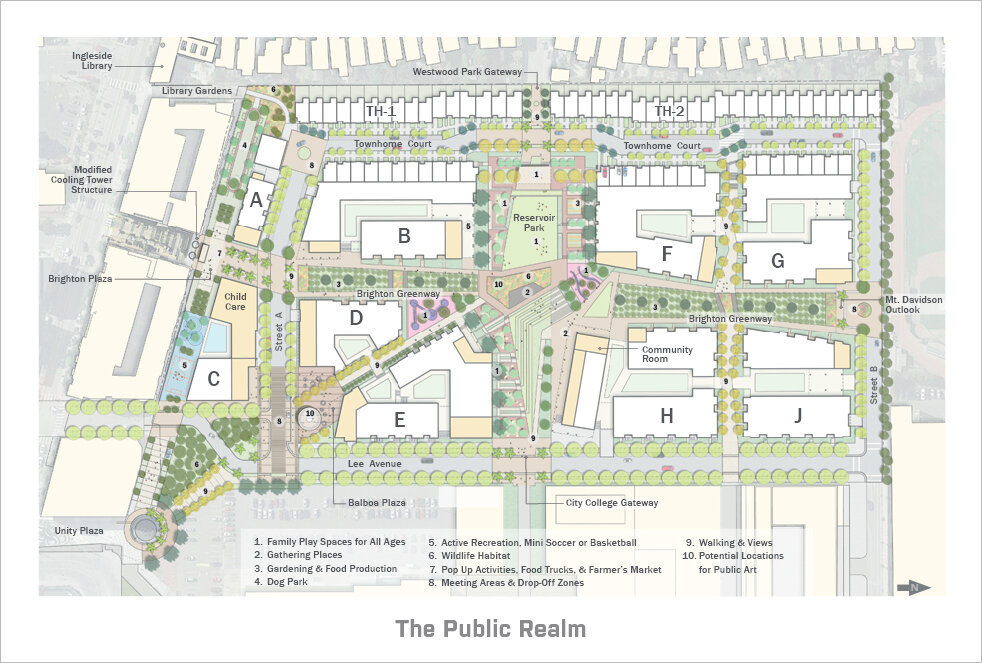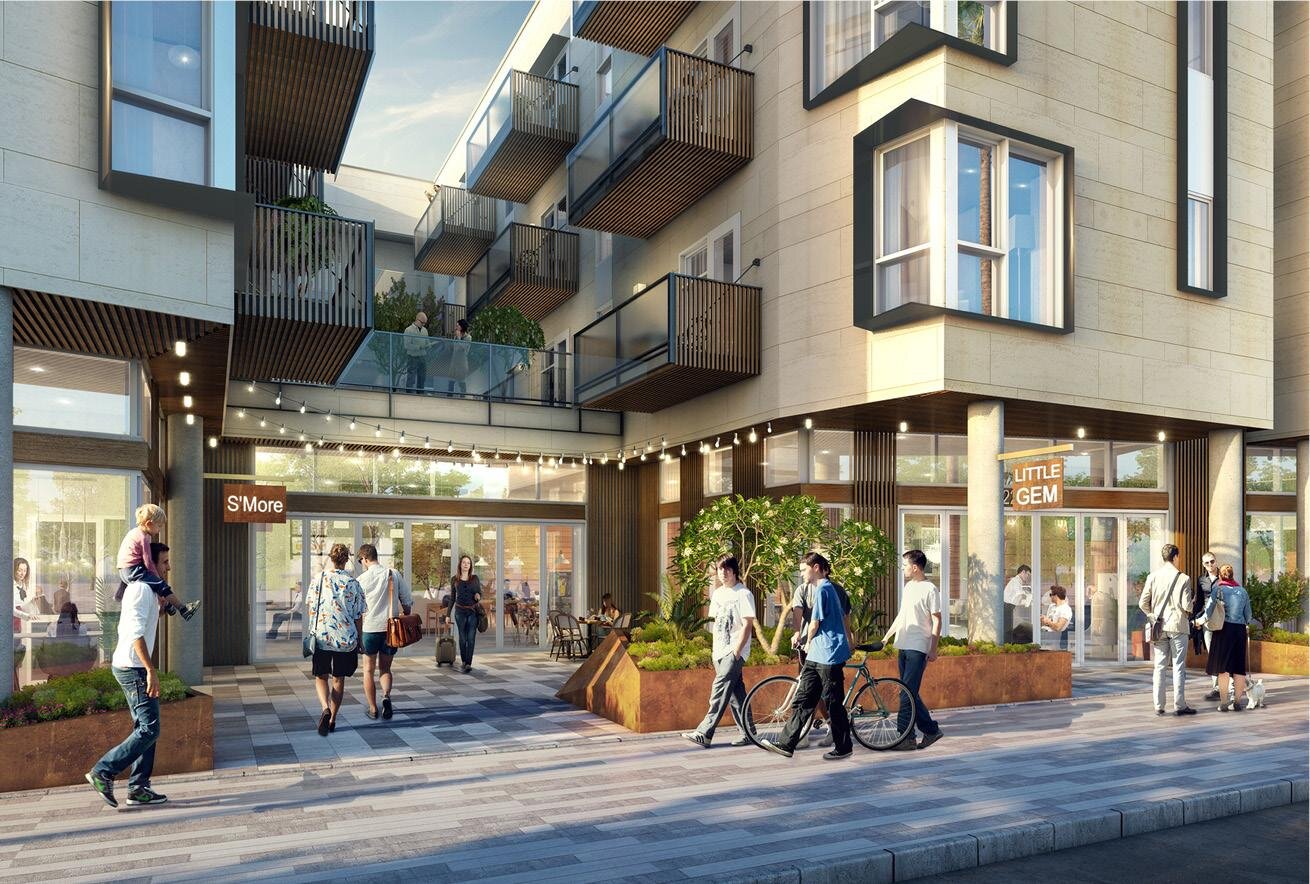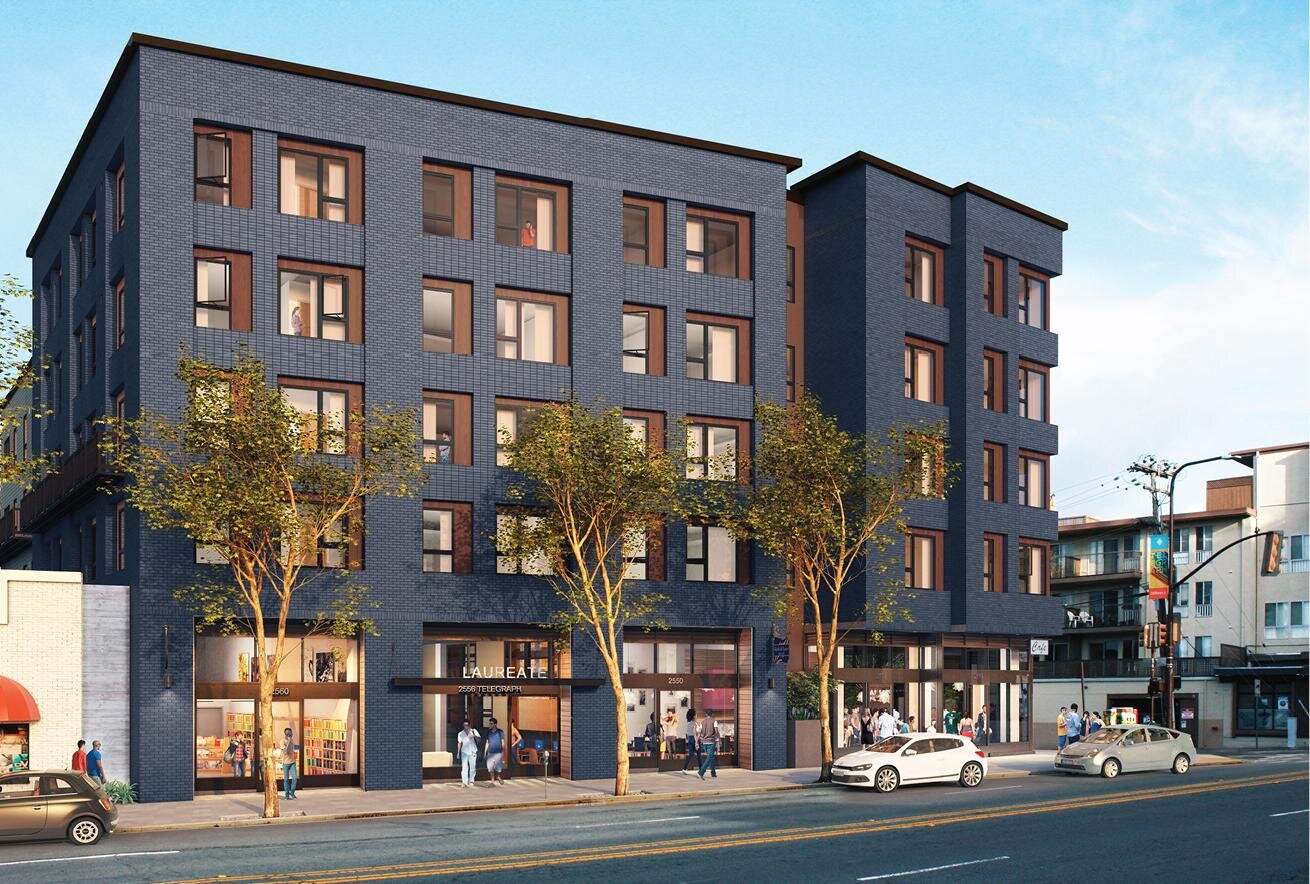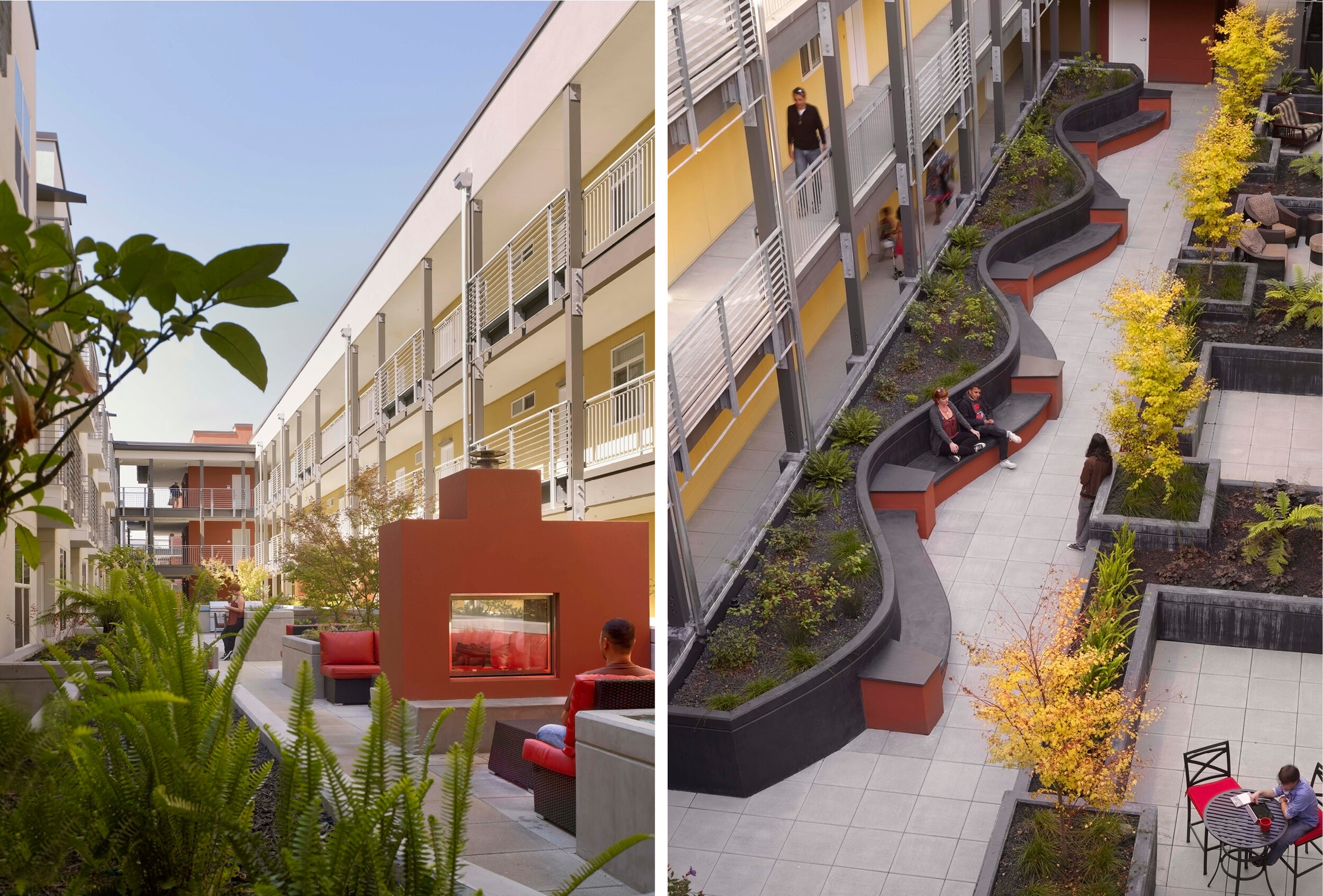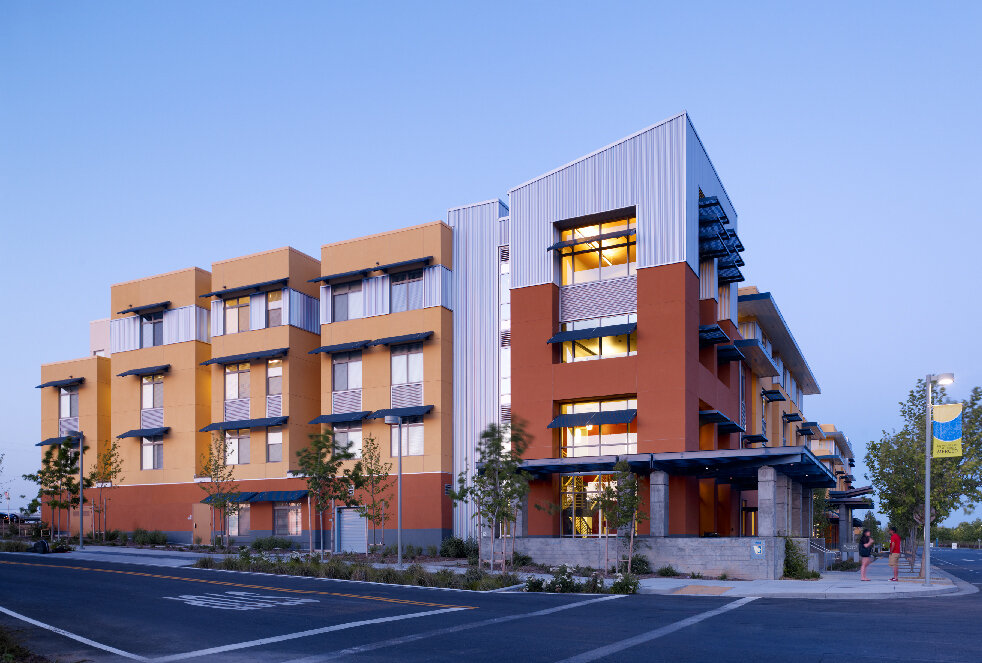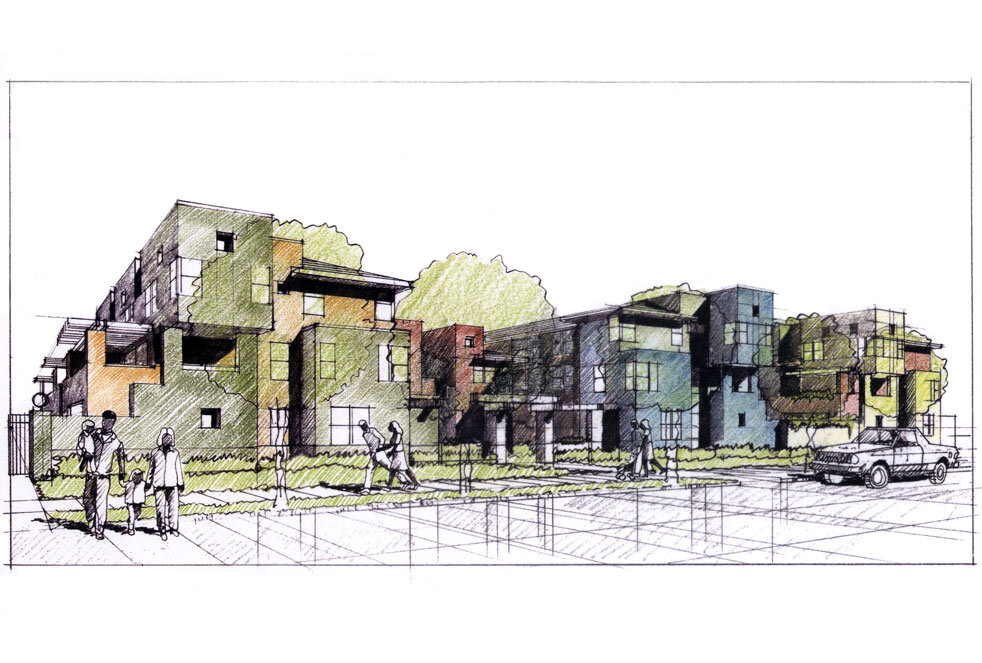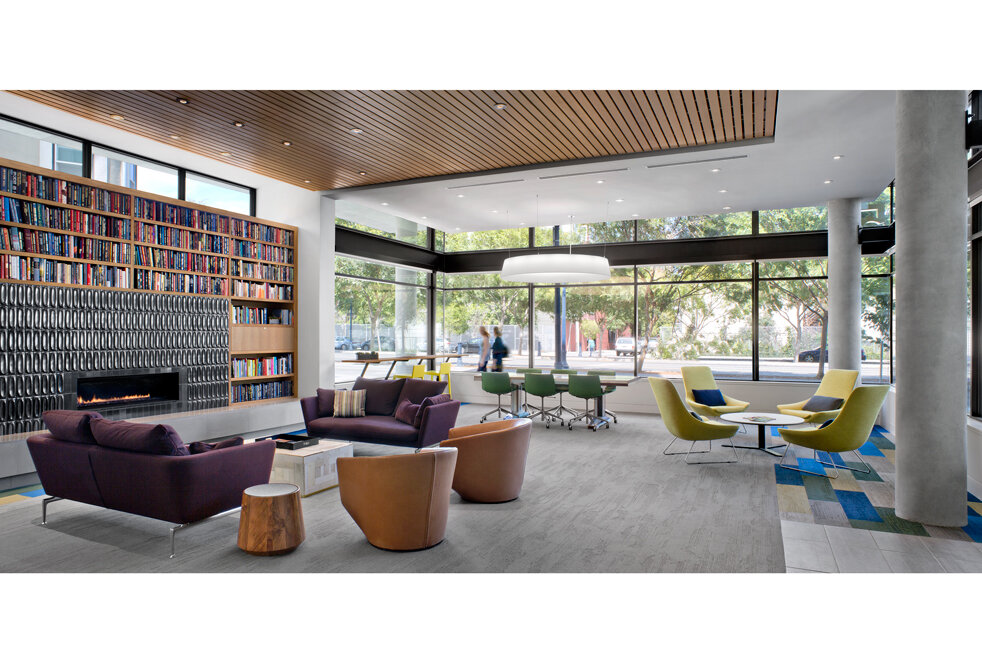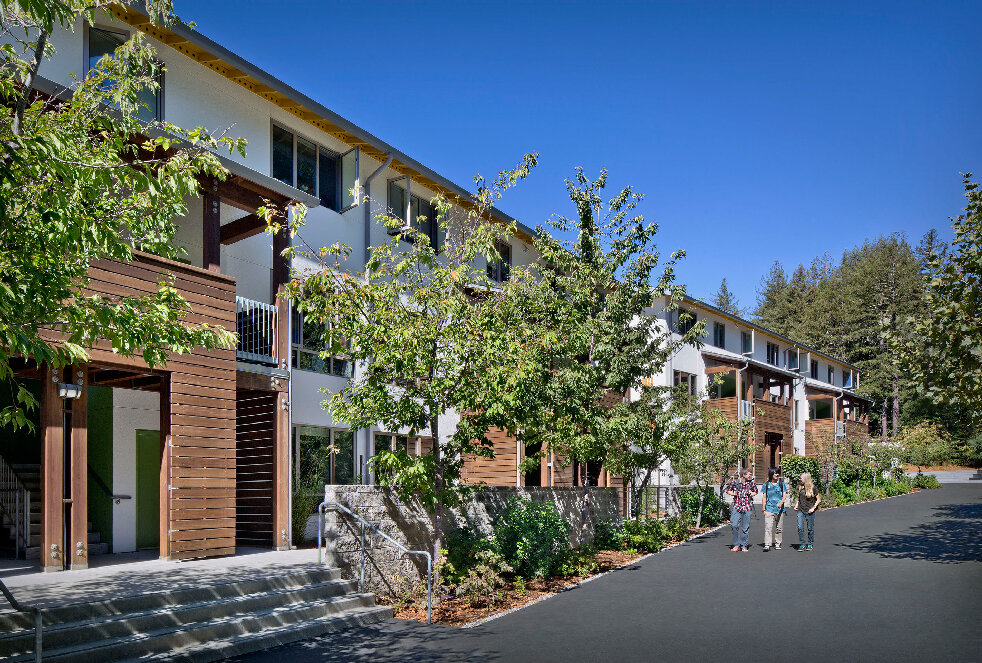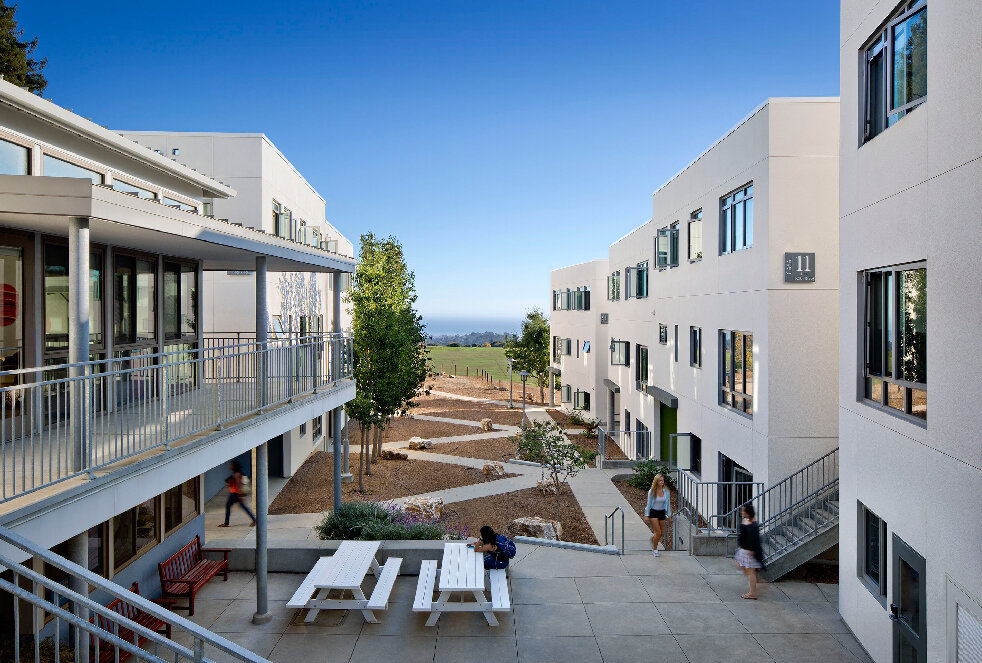#175 - MICHAEL PYATOK, FAIA Architect and Founder of Pyatok Architecture and Urban Design
SUMMARY
THE NEED FOR URBAN DENSITY AND LOW-INCOME HOUSING
This week Michael Pyatok, FAIA Architect, Educator, and Principal of Pyatok Architecture and Urban Design joins David and Marina of FAME Architecture & Design to discuss his proposal for density in cities, growing up in Brooklyn, low-income housing design, working with communities, and more. Enjoy!
This episode is part of a series produced with the support of the SF Urban Program, Architecture Department, Cal Poly.
ABOUT MICHAEL
Michael Pyatok has been an architect and professor of architectural design for 50 years. Since opening his office in 1984 in Oakland, California, he has designed over 40,000 units of housing for lower-income households, students, seniors and market rate renters and owners, in the US and abroad. He has developed participatory design methods to facilitate the involvement of a wide range of stakeholders in the process. He has helped many lower income communities plan and execute new housing, neighborhood plans and community facilities. A graduate of Pratt Institute and Harvard’s Graduate School of Design, he was also a Fulbright Scholar in Helsinki Finland earlier in his career where he researched the housing strategies of Finland. In his mid-career he returned to Harvard as a Loeb Fellow where he researched the possible strategies for non-profit housing developers in this age of shrinking government involvement. In 1995, he was elected to the AIA College of Fellows in recognition of his contribution to housing design. In 2001, Harvard appointed him its Buchsbaum Professor of Affordable Housing, and Residential Architect featured him as ‘Architect-of-the-Year’ in recognition of the design quality he brought to affordable housing.
In 2012 Michael was inducted into the Marvin Design Hall of Fame and in 2013 the AIA awarded him its annual Thomas Jefferson Award for Public Architecture in recognition of his contribution to the design of affordable housing.
HIGHLIGHTS
TIMESTAMPS
(00:00) Michael discusses growing up in Brooklyn and how it shaped his thinking and architecture.
(28:00) Michael gives his presentation on Compact Communities of the 21st Century: Designing Cozy Neighborhoods and why they are necessary despite the pandemic.
(29:50) Indigenous Settlements in North America and Early Colonial Settlements
(33:30) Landownership and the ideology of the radical individual
(39:10) Alexis de Tocqueville and Individualism and Communitarianism
(45:25) Historic examples of dense developments
(48:00) Different city populations and densities
(01:05:45) Community Participation in Planning and Design
(01:19:00) Michael shares some of his work and discusses his design process
(01:31:16) The collaborative-nature of his projects.
“We’re in the business of interpreting other people’s cultures… We are conduits for their expression. [Of course,] We’re getting kicks out of it too; we have to be happy with what we’re doing as artists and architects. But, we cannot do it in isolation. We’re not doing our ‘own thing’ ever. As you soon as you start doing your ‘own thing’, you’re just simply imposing on other peoples lives and you’re going to eventually do something very stupid.” (01:31:50)
(01:53:41) The importance of research and deriving form.
“One of the downsides [of our connectivity] is that you can get access to images of places and buildings all over the world with the push of a button, and you know nothing about what brought that image into being, those places into being. You do know nothing about the people, about the climate… nothing about the story or the program. They’re just visual eye-candy and young designers today use that a lot to do what they call ‘search for precedents’ and they know nothing of what underlies—the story behind those images that they are taking. And in the end, they cut and paste pieces of other people’s work without out understanding why it was done and in the first place, was the right thing to do? Are you just repeating something that’s not a very good thing to be repeating?” (01:55:00)
(01:59:30) Key design principles and a touching story about visiting the Oslon Kundig office.
(02:06:00) What it takes to become successful in doing affordable housing architecture.
(02:18:35) Advice for young designers
“Become the best possible designer that you can be. That, at least in the immediate architecture profession, is your source of power and enjoyment. But retain that connection to your roots; if you came form working class roots done ever forget it… if you come the middle-class, don’t every forget it. Bring those sensibilities to the work that you do. It’s okay to become a developer if you’re a thoughtful and sensitive developer who has worked with the people for enough time that it’s built into your DNA. Become a developer. It’s okay to become rich. You have have a lot more power in shaping of a city a developer than you are as just an architect.” (02:18:45)









